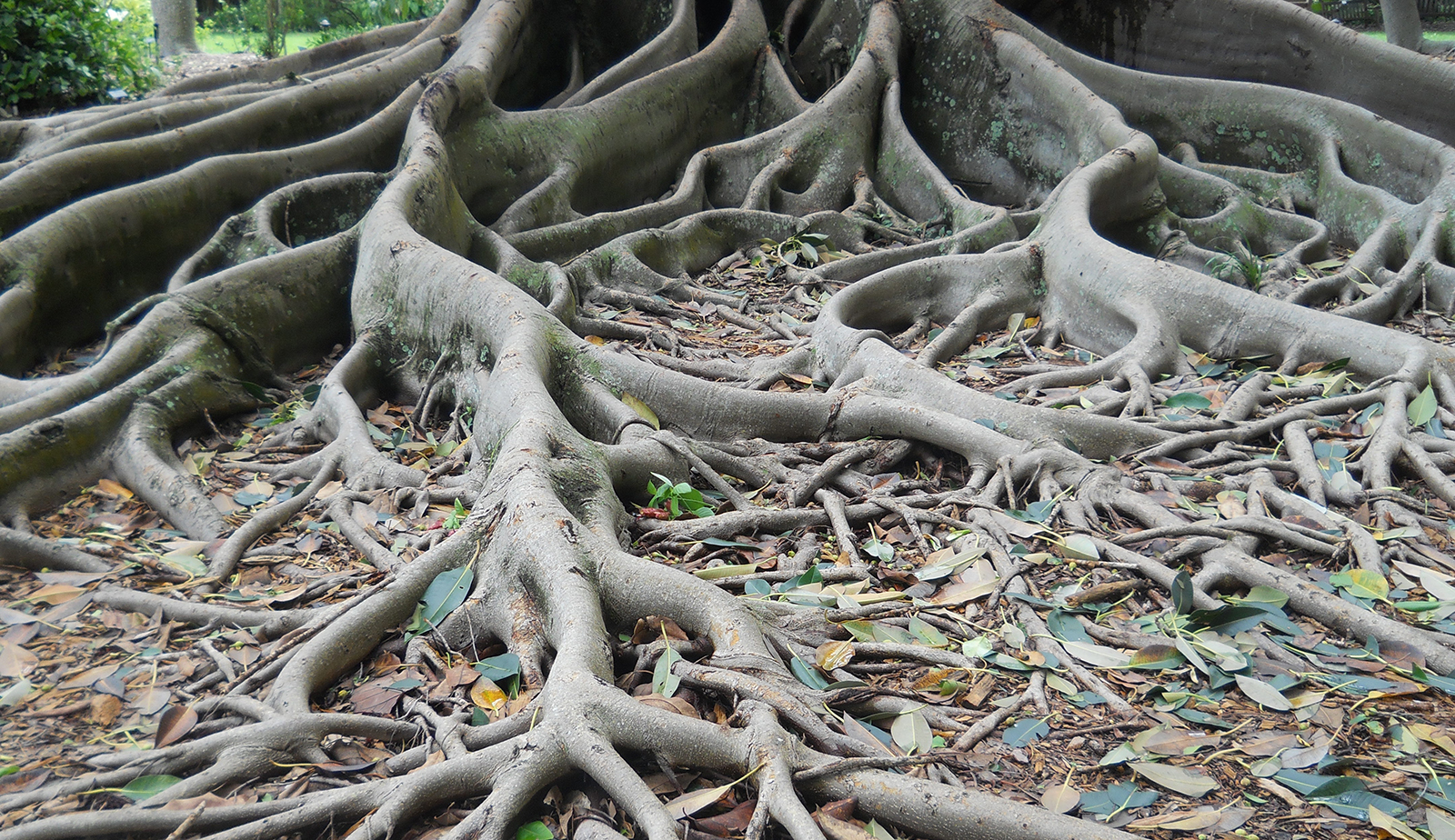This week, we will continue our discussion of plants. Last week, we had a chance to learn how plants are classified and their developments. Today, we will discuss the structure of plants, which includes the roots, stem, leaf, and stomates. Firstly, we will take a look at the structure and types of roots, followed by contents of the stem.
Roots
Structure of roots

The roots are responsible for absorbing nutrients from the ground, anchoring the plant, and storing food. It consists of specialized tissues that carry out various functions. The epidermis covers the root and absorbs nutrients. Root hairs are projections from the epidermis that extend out from the cell and increases the root’s surface area. The main purpose of the cortex is to store. It consists of parenchyma cells that contain plastids to store starch and organic substances. The stele is responsible for transportation. It consists of vascular tissues, the xylem and phloem, and is surrounded by the pericycle. Lastly, the endoderm selects what minerals can enter the vascular cylinder. Each endoderm is surrounded by the Casparian strip, which is impervious to water and dissolved minerals.
Absorbing water and nutrients
The main purpose of the root is to absorb water and nutrients. Consequently, plants have several components of their body that enables the roots to efficiently absorb nutrients. Rhizobium is a bacterium that lives on the roots of specific legumes. It fixes nitrogen gas into a form of nitrogen that the plant can use. In other plants where some regions of the root lack root hairs, mycorrhizae supply water and minerals. They consist of filaments of a fungus that increase the quantity of nutrients that can be absorbed by a plant. Once water and solutes are absorbed, they move across a plant through the symplast and apoplast. The symplast is a continuous cytoplasm of cells while the apoplast is a network of cell walls and intercellular spaces. These two components permit extensive extracellular movement of water inside a plant.
Types of roots
Dicots and monocots have different roots. Most dicots have taproots as their primary root while monocots have fibrous root systems to firmly hold the plant in place. Adventitious roots are atypical types of roots since they arise above the ground instead of growing downwards. Aerial roots are utilized by trees that grow in swamps so that they can access oxygen and air. Prop roots are utilized by tall plants like corn so that they can further support the plant.

Stems
Stems work to support the plant. They allow leaves to receive sunlight while transporting water and minerals from the soil. They are composed of vascular tissues in strands called vascular bundles. In each bundle, xylem is located in the inside and phloem is located on the outside with meristem tissue between the two. In monocots, vascular strands are scattered in the stem whereas in dicots, they are arranged in a ring structure around the stem. Ground tissue that consists of the cortex and pith are present in dicots whereas ground tissue is not partitioned in monocots.
Leaf
The leaf is consisted into many parts that serve different functions. The common goal, however, is to maximize sugar production and minimize excessive water loss. The waxy cuticle made of cutin prevents water loss. The palisade mesophyll and spongy mesophyll enable photosynthesis and exchange gases. The epidermis protects the plants and guard cells controls the shape of stomates. Veins, which are located in the mesophyll, carry water and nutrients from the soil to the leaves.
Stomates
Stomates are responsible for regulating the exchange of gases during photosynthesis. Plants can only carry out photosynthesis when stomates are open. Stomates are left open during the day but close during the night when there is not enough sunlight to enable effective photosynthesis. Guard cells respond to changes in water pressure to control the opening and closing of stomates. They open when guard cells absorb water and become turgid. On the contrary, when guard cells lose water and become flaccid, stomates close.

Works Cited
Allott, Andrew. Biology: Course Companion. Oxford University Press, 2014.
Argonne. “Getting to the Root of Plant Simulations: Argonne National Laboratory.” Getting to the Root of Plant Simulations | Argonne National Laboratory, http://www.anl.gov/article/getting-to-the-root-of-plant-simulations.
“Functions of Stem, Structure, and Types of Stem with Videos.” Toppr, 24 Sept. 2019, http://www.toppr.com/guides/biology/anatomy-of-flowering-plants/stem/.
Wikipedia. “File:Leaf Tissue Structure.svg.” Wikipedia, Wikimedia Foundation, 26 Nov. 2012, en.wikipedia.org/wiki/File:Leaf_Tissue_Structure.svg.
Leave a comment